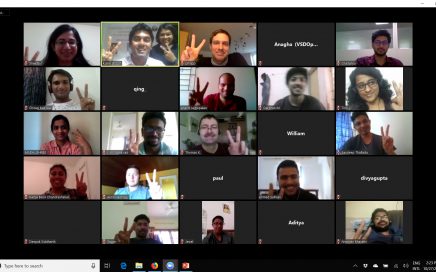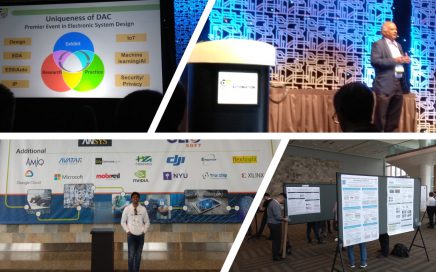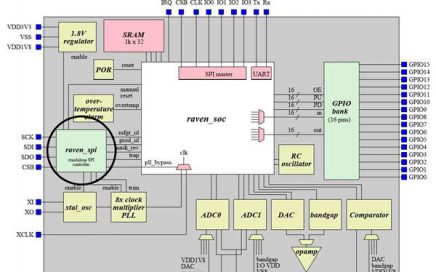
Keynote 1(Continued): Inception of Intel 8086
It wasn’t that bigger deal for Intel because they thought, at the time, it will be 250,000 chips will be sold for 5 years, which isn’t that many. But they were wrong. It was a 100Million computers were sold. And suddenly 8086 from being an emergency back-up was an over-night success and had a very bright future, because it was binary compatible of PC software, and so had great opportunity
Isn’t that an inspiring story?




